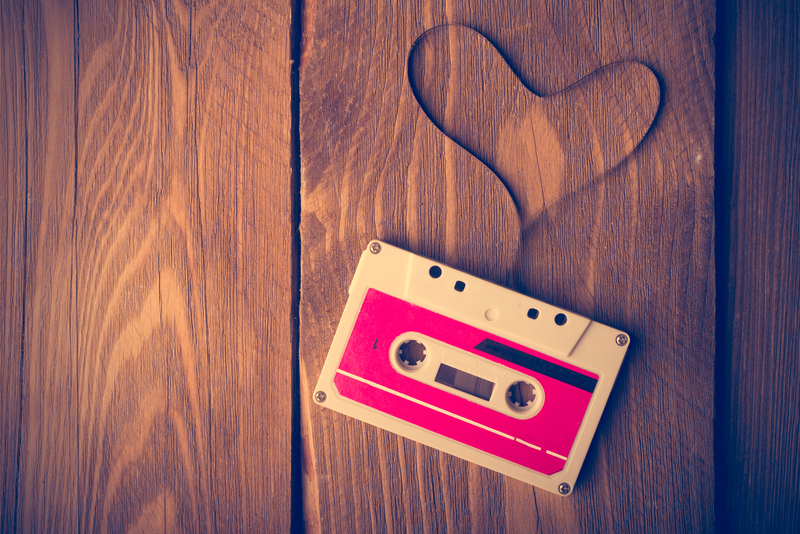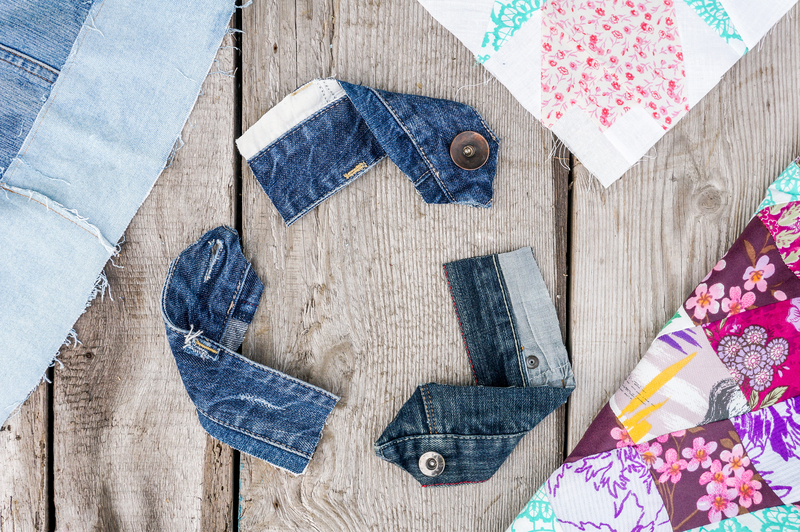From Clutter to Consciousness: Recycling Old Pots and Pans
Is your kitchen overflowing with unused cookware? Are those battered frying pans and rusty saucepans slowly taking over your cabinets? You're not alone. As cookware trends change and our utensils age, homes are increasingly cluttered with old pots and pans that seem too valuable to toss, but too worn to use. This comprehensive guide will transform your perspective, showing you how recycling old cookware transforms household clutter into conscious, eco-friendly action.
Why Recycle Old Pots and Pans?
Environmental consciousness is more vital today than ever before. Recycling old pans and pots doesn't just free up storage, it also:
- Reduces landfill waste: Most cookware is made from materials that take decades or centuries to decompose.
- Conserves natural resources: Recycling metals lowers the need for new mining, saving energy and raw materials.
- Contributes to a circular economy: Turning old cookware into new products creates jobs and minimizes waste.
- Sets an example: Conscious disposal encourages sustainability in your family and community.
From clutter to consciousness is more than a tidy slogan; it's a sustainable philosophy for modern living.

What Are Pots and Pans Made Of?
Understanding your cookware's materials is essential for responsible recycling. Most pots and pans are constructed from:
- Aluminum: Lightweight, conductive, yet often coated with nonstick or anodized layers.
- Stainless steel: Durable and recyclable, often mixed with other metals.
- Copper: Highly conductive, valuable for recycling, but usually lined with another metal.
- Cast iron: Heavy, robust, 100% recyclable and sometimes repairable for reuse.
- Nonstick/Teflon: Tricky to recycle due to coatings, but the metal core is still valuable.
Take note: the diverse construction of cookware means that recycling pots and pans may require special handling--especially if your items have plastic handles, glass lids, or nonstick coatings.
Can You Put Old Pots and Pans in the Recycling Bin?
*It depends!* Unlike glass jars or paper, most municipal curbside recycling programs do not accept cookware. The reasons include:
- Size and shape can damage recycling equipment.
- Non-metal parts and coatings contaminate bulk recycling processes.
- Specialty metals (like copper or cast iron) require different processing than canned food metals.
However, you have plenty of options to recycle old pots and pans responsibly--if you know where to look!
Where to Recycle Old Pots and Pans
1. Local Scrap Metal Yards
The best place to recycle cookware is usually your local scrap metal facility. Most accept aluminum, stainless steel, copper, and cast iron, and they'll pay you by weight. However, to maximize your return, you should:
- Remove any non-metal parts (plastic, handles, lids)
- Separate different metals if possible
- Call ahead to check what types of cookware they accept
Pro tip: Clean pans sell better. Give them a quick scrub before delivery!
2. Municipal Recycling Drop-Offs
Some town recycling centers or transfer stations have special bins for scrap metal. Check your local program's website or call the recycling coordinator for current guidelines on recycling old pans and pots.
3. Cookware Manufacturer Take-Back Programs
Certain cookware brands offer recycling programs for end-of-life pots and pans. For example, companies like Calphalon and some specialty stores accept unwanted items--sometimes in exchange for store credit or discounts.
4. Donation and Reuse Centers
If your old cookware is still usable (even with minor scratches), consider donation:
- Thrift stores and nonprofits (Goodwill, Salvation Army, Habitat for Humanity ReStores)
- Local shelters and soup kitchens
- Community centers, schools or daycare kitchens
Donation extends the life of your items and keeps them out of landfills.
5. Specialty Recycling Events
Seasonal or city-sponsored recycling drives often accept unusual household items--including cookware. These are perfect for recycling old pans that otherwise would be difficult to dispose of responsibly.
Creative Ways to Reuse or Upcycle Old Pots and Pans
Not ready to part with your trusty skillet? Upcycling turns old cookware into something entirely new. Here are ways to spark your creativity, reduce waste, and add a touch of personality to your home or garden:
- Planters: Drill drainage holes and fill with soil for vintage-inspired herb gardens.
- Bird feeders: Old pans make unique, weather-resistant feeders.
- Wall art: Hang decorative or nostalgic pans for a quirky kitchen gallery.
- Storage caddies: Use shallow pans to organize tools in your garage or studio.
- Clock faces: Transform round pans into functional art by adding clock hardware.
- Craft supply holders: Store small craft items or office supplies for a rustic touch.
Upcycling gives a second life to old pots and pans, keeping them out of the landfill and infusing your space with character!
What About Nonstick and Teflon-Coated Pots and Pans?
Nonstick cookware is the most problematic when it comes to responsible recycling. The coating (PTFE, commonly known as Teflon) is not recyclable, and can even emit toxins if improperly incinerated.
-
You can:
- Check with the manufacturer regarding recycling or buy-back programs.
- Attempt to remove handles and plastic parts, then recycle the remaining metal at a scrap yard.
- Consider creative upcycling ideas, as outlined above.
- You should NOT:
- Place nonstick pans in curbside recycling unless specifically accepted.
- Burn or bury them, as this releases hazardous chemicals.
Use extra care when disposing of damaged nonstick pans--especially if they're flaking.
Frequently Asked Questions on Recycling Old Cookware
Can I put my pots and pans in the blue curbside recycling bin?
Usually no. Most curbside recycling only takes household cans, not cookware. Check your local guidelines or look for a dedicated scrap metal facility.
How do I prepare my old pans for recycling?
- Remove all non-metal parts (lids, plastic, rubber, glass).
- Scrub off stuck-on food or grease (cleaner is better).
- Sort pots and pans by metal type for better value at scrap yards.
Are burnt or rusty pans still recyclable?
Yes! As long as the main material is metal, rust and burnt surfaces are no problem for processing.
What if my pots and pans are in good shape?
Donate them! Someone else can put your unwanted cookware to good use, especially if you include sets or matching lids.

Sustainable Cookware Choices for the Future
Consciousness begins at purchase. When buying new cookware, choose brands and styles that prize sustainability--for example:
- Opt for recyclable materials like stainless steel, copper, or cast iron.
- Avoid excess packaging or brands with poor environmental records.
- Select high-quality cookware that lasts decades to reduce overall waste.
- Support companies with take-back or recycling programs for end-of-life products.
The future of cooking is eco-aware and MINDFUL, in both use and disposal.
Conclusion: Turning Clutter into Consciousness
That heap of battered pans in your pantry isn't just clutter--it's an opportunity. Each old pot or pan recycled or repurposed moves us closer to a cleaner, more conscious planet. By understanding what your cookware is made of, where to recycle it, and creative ways to reuse it, you're taking a big step towards sustainable living--and setting an example for those around you.
The next time you're tempted to toss that dented saucepan in the trash, pause. Ask yourself: Can I recycle or upcycle this pan? If the answer is yes, you're not just decluttering--you're making a positive difference, turning last night's cookware into tomorrow's clean, green world.
Together, let's turn kitchen clutter into conscious, sustainable action--one pot and pan at a time.
